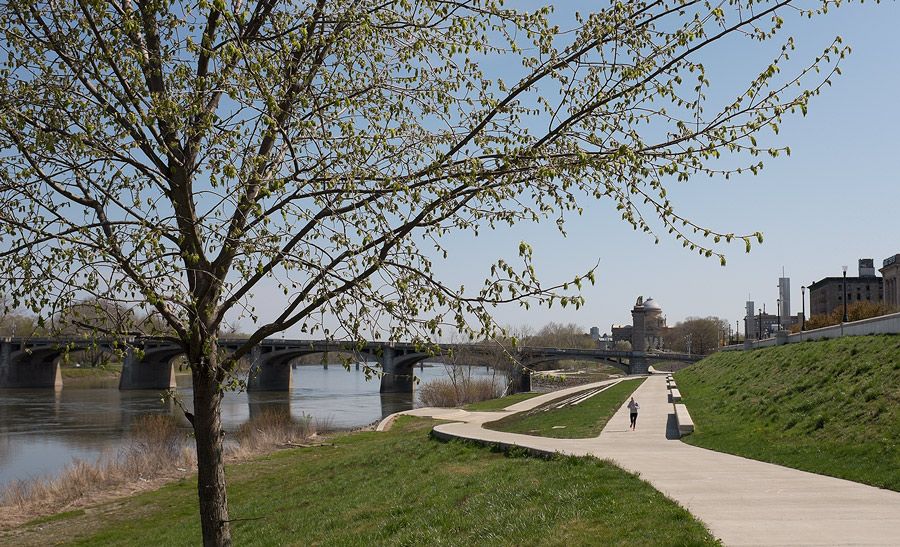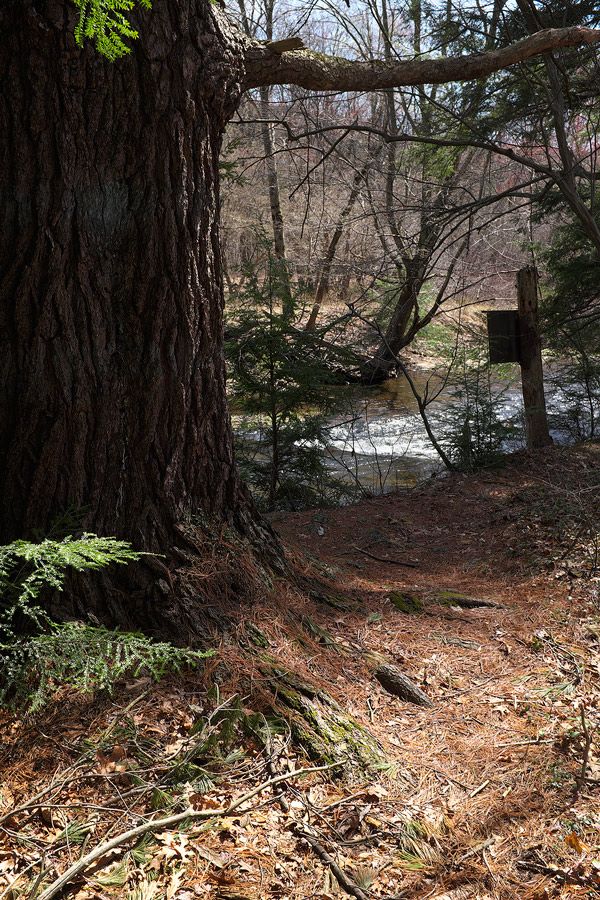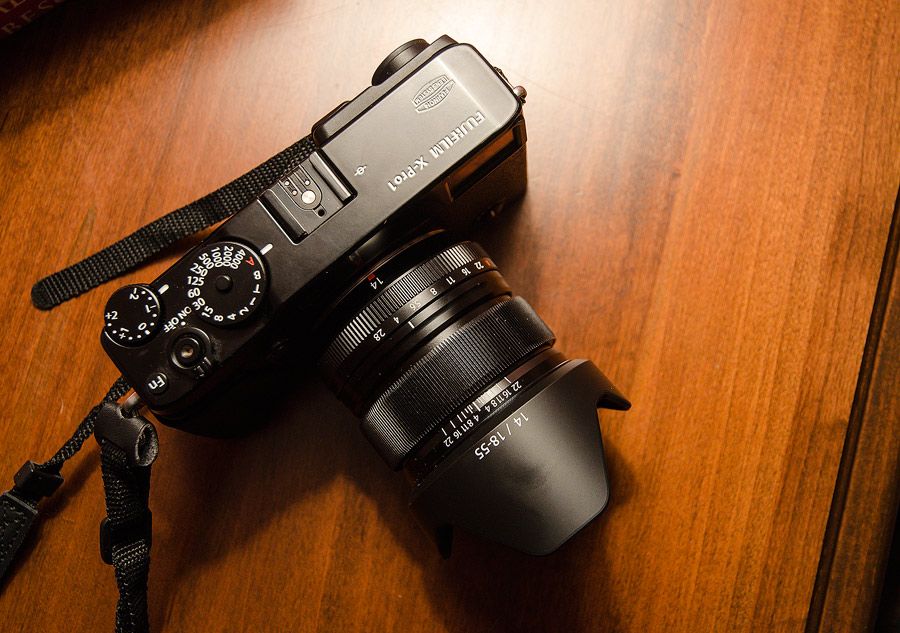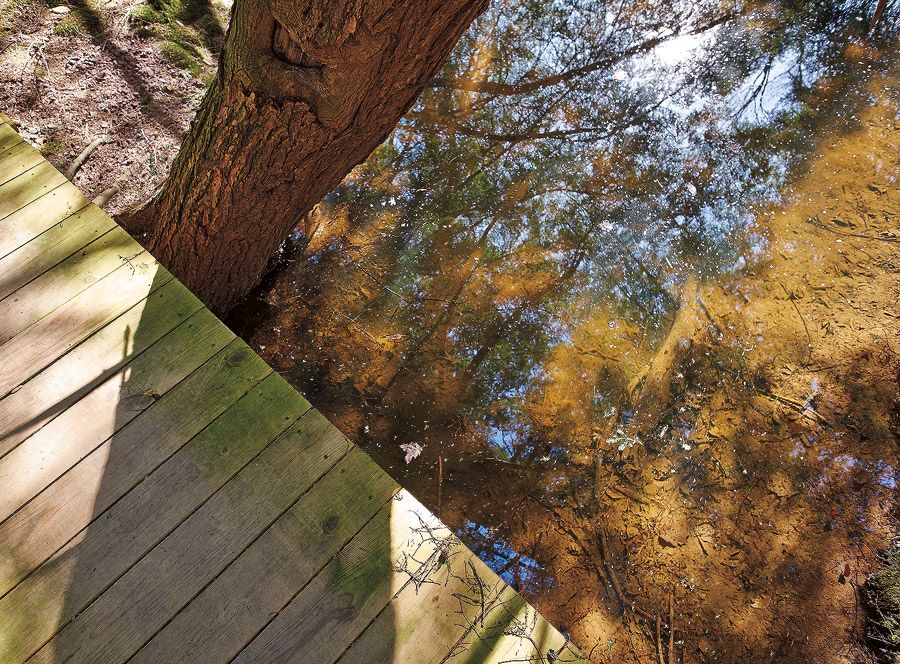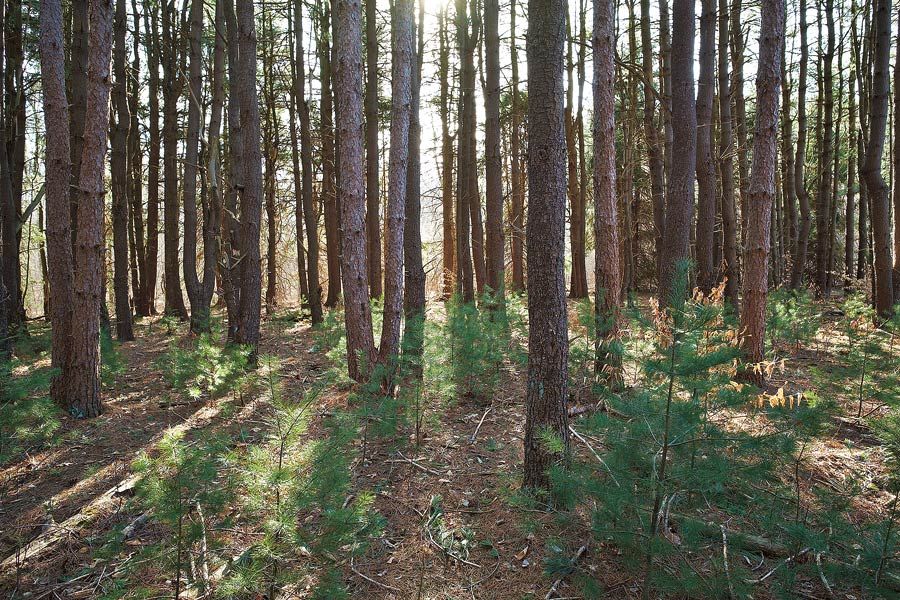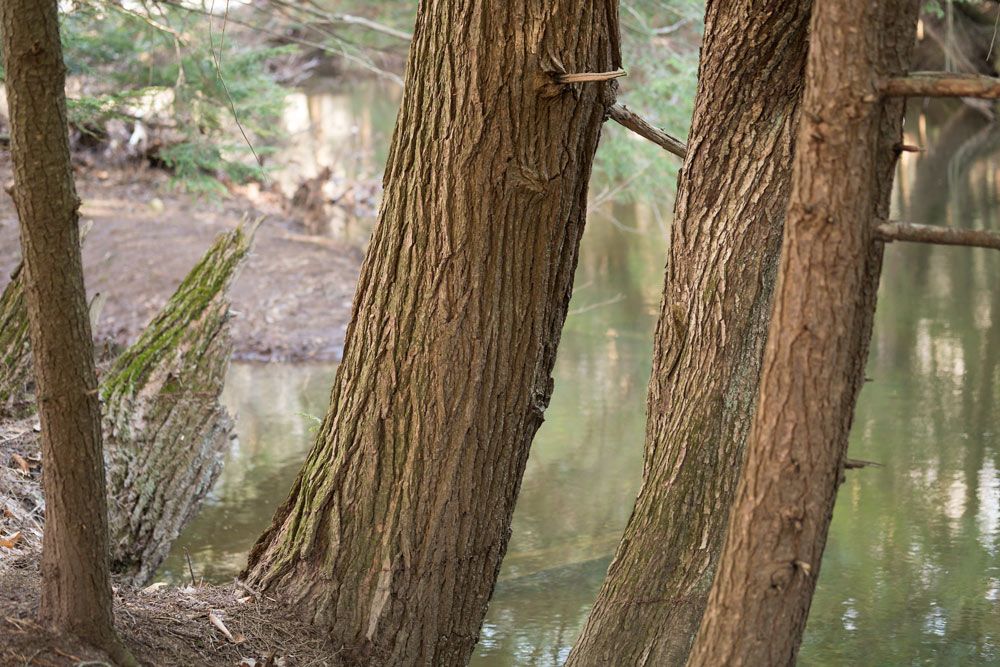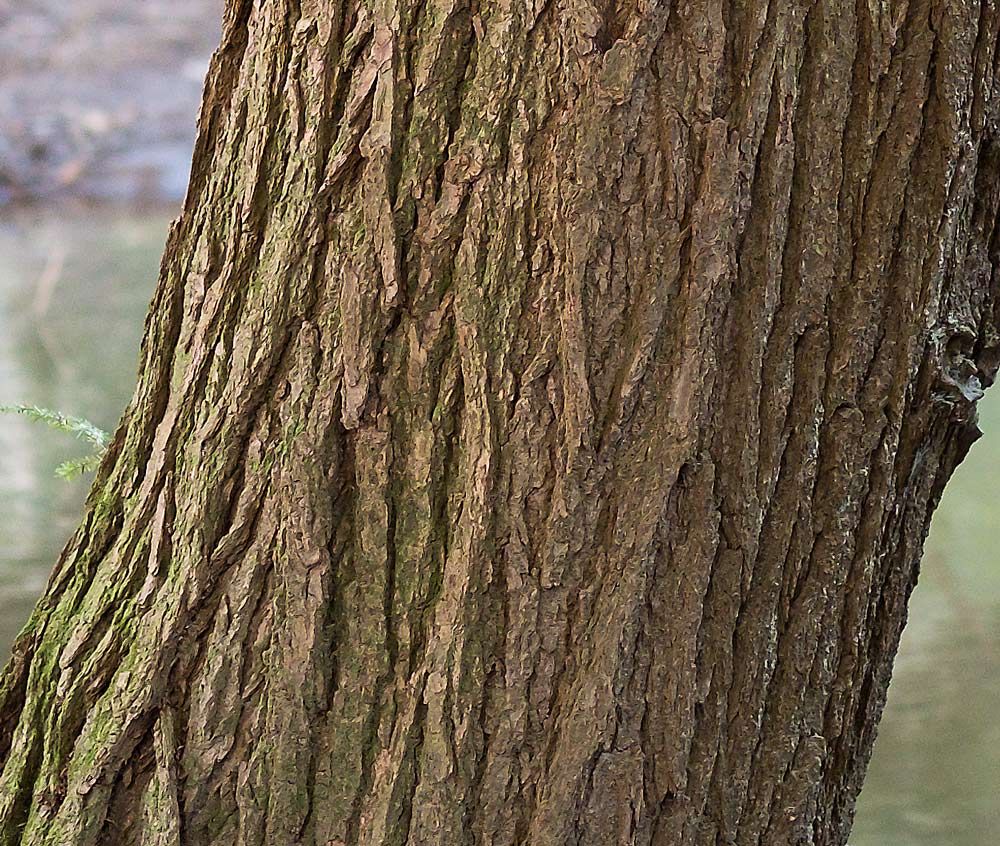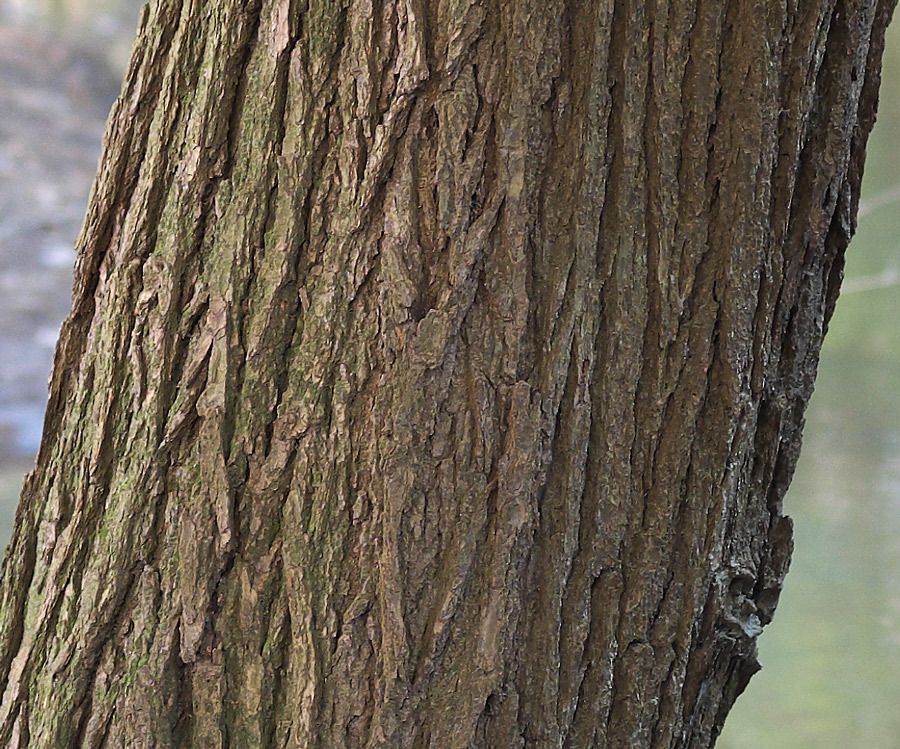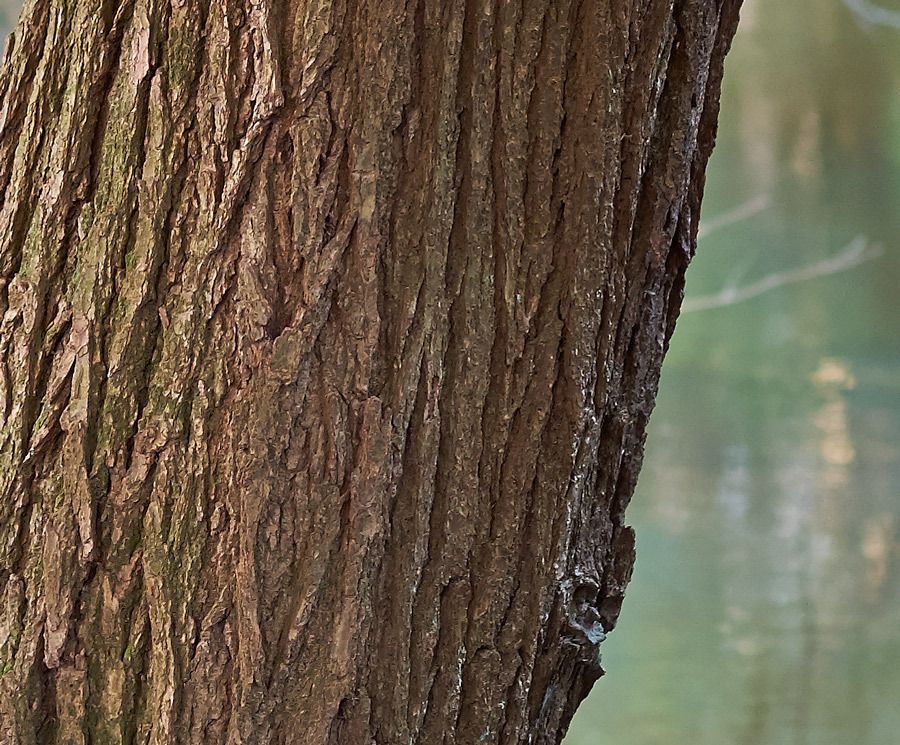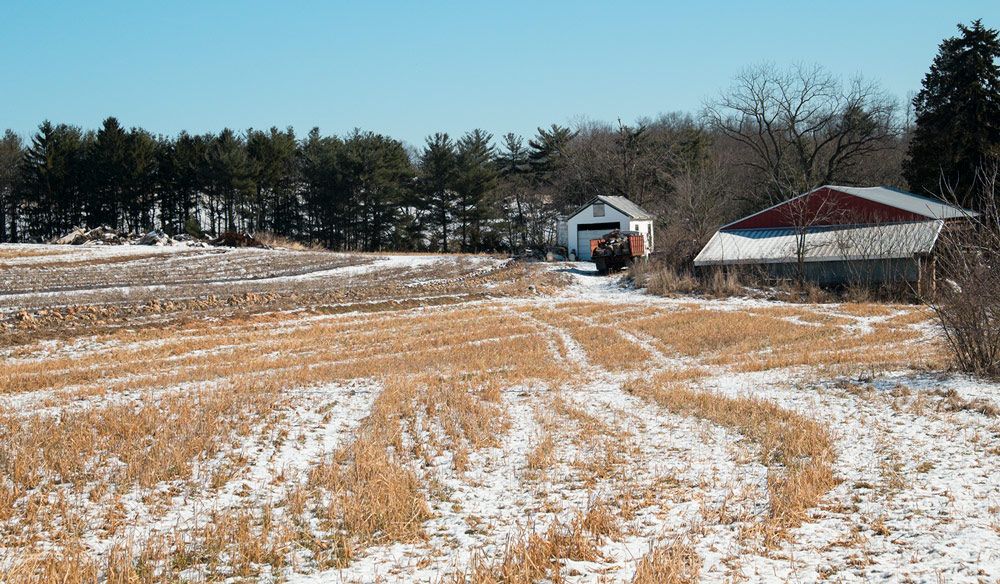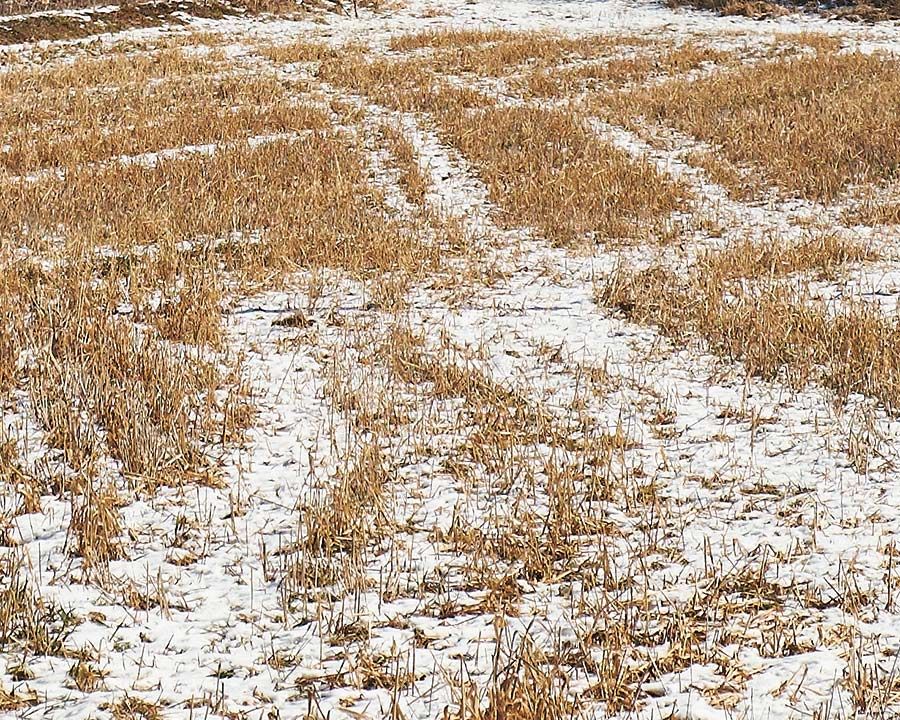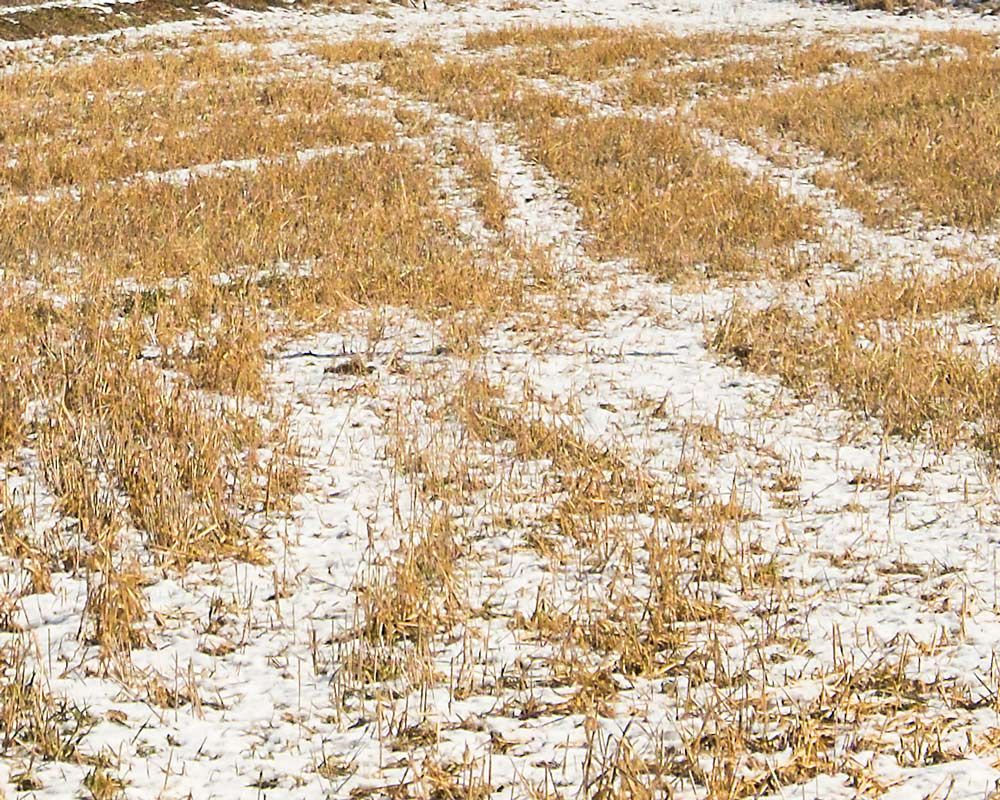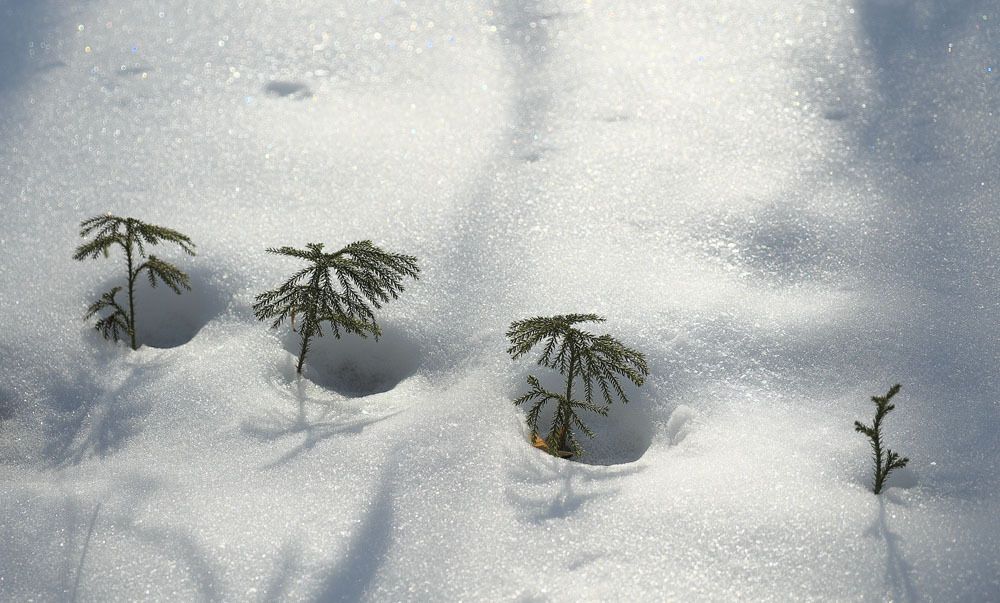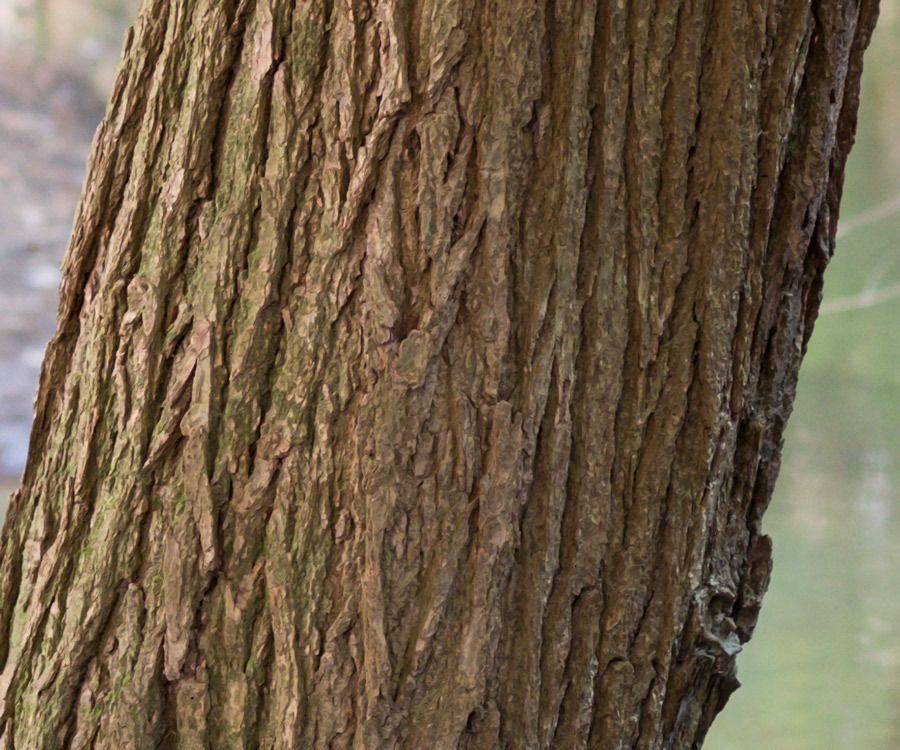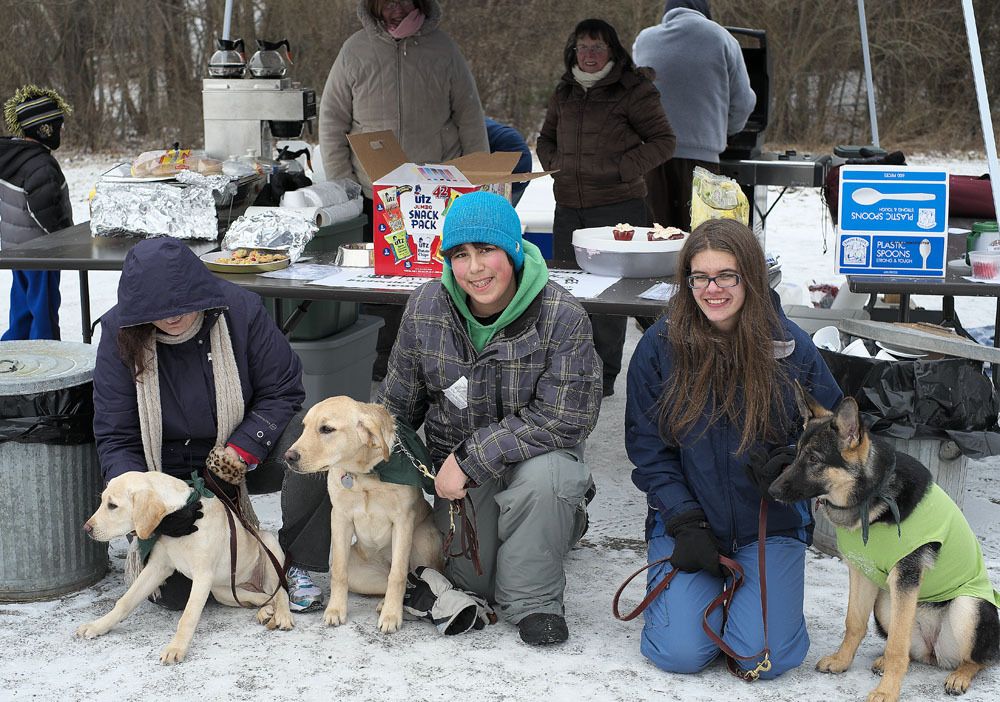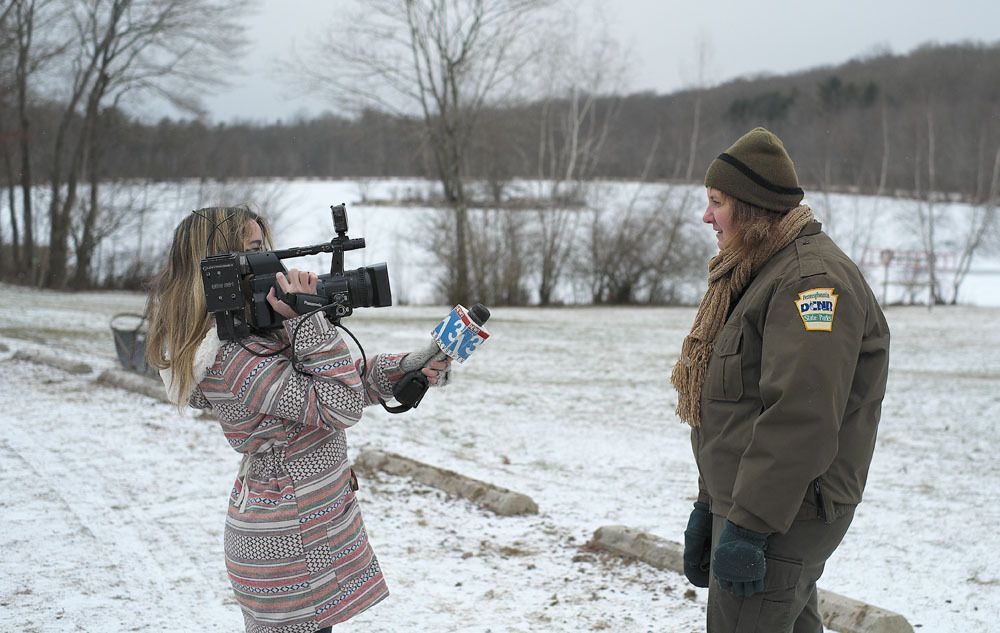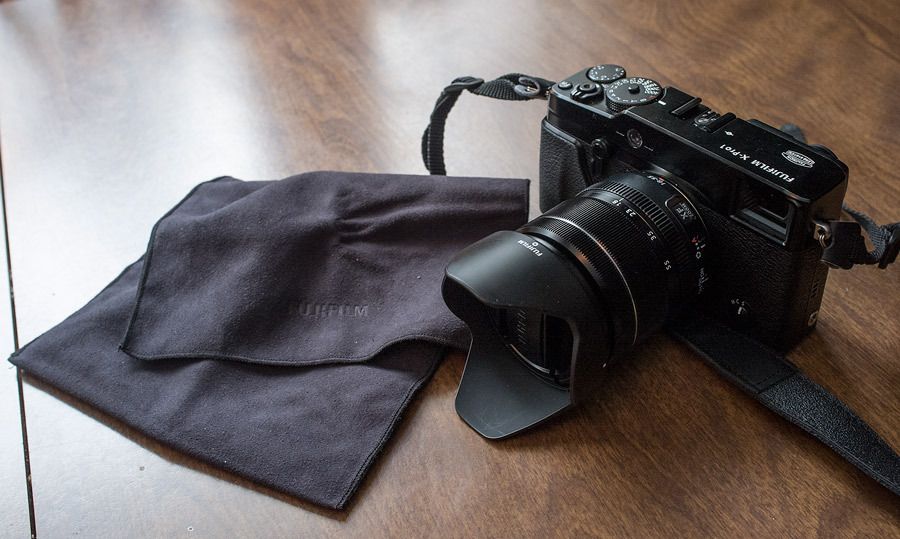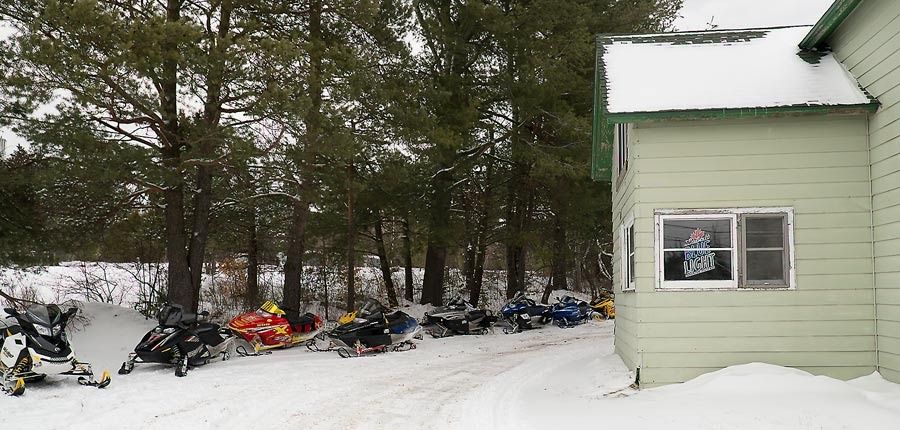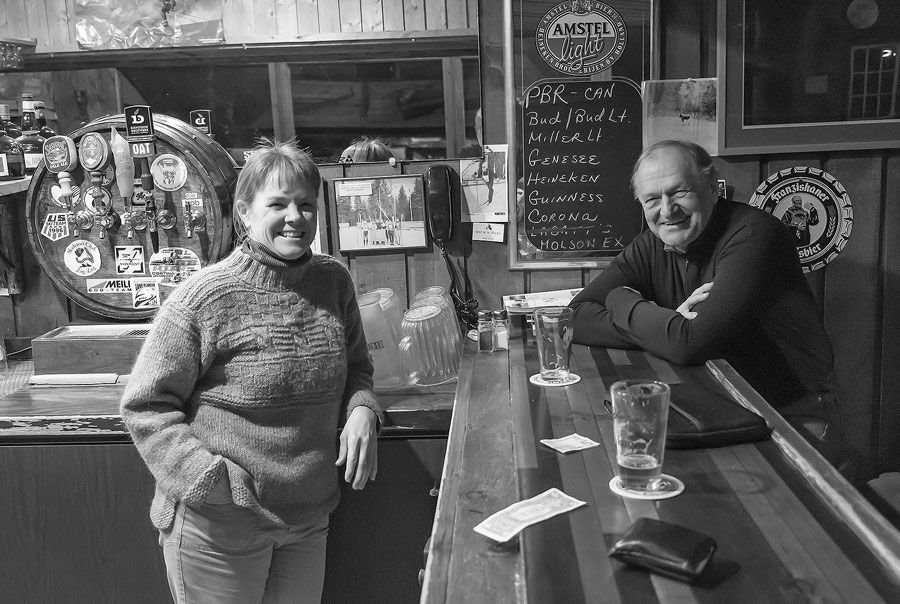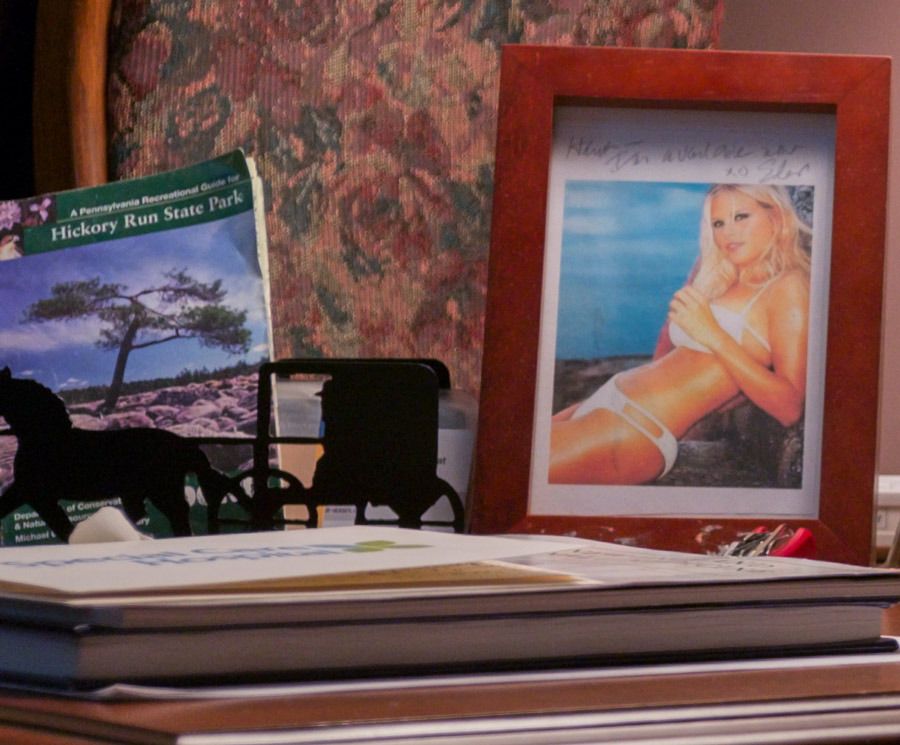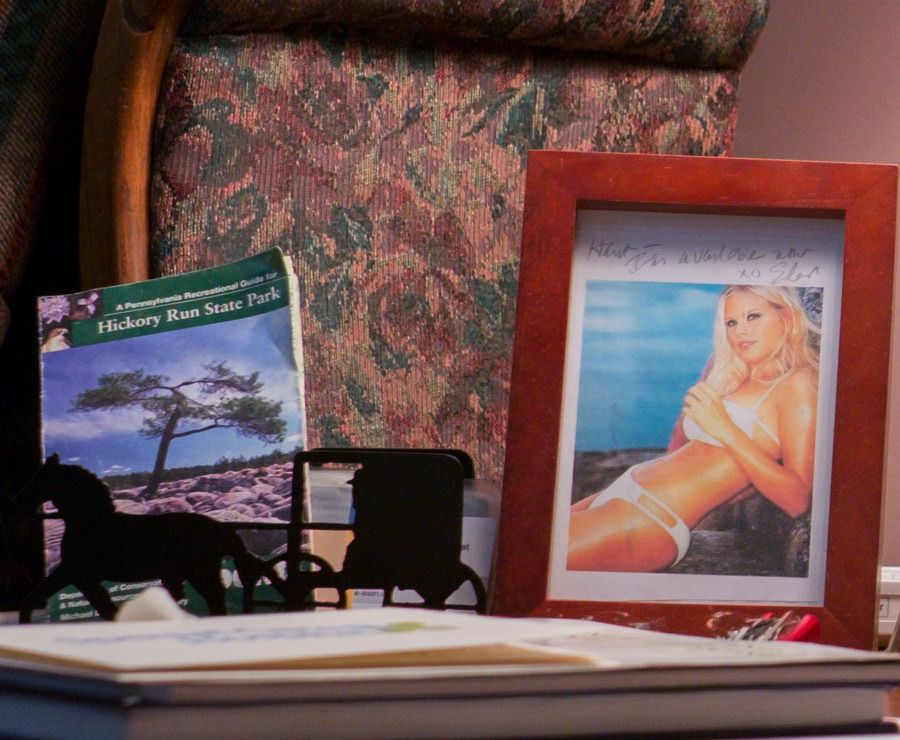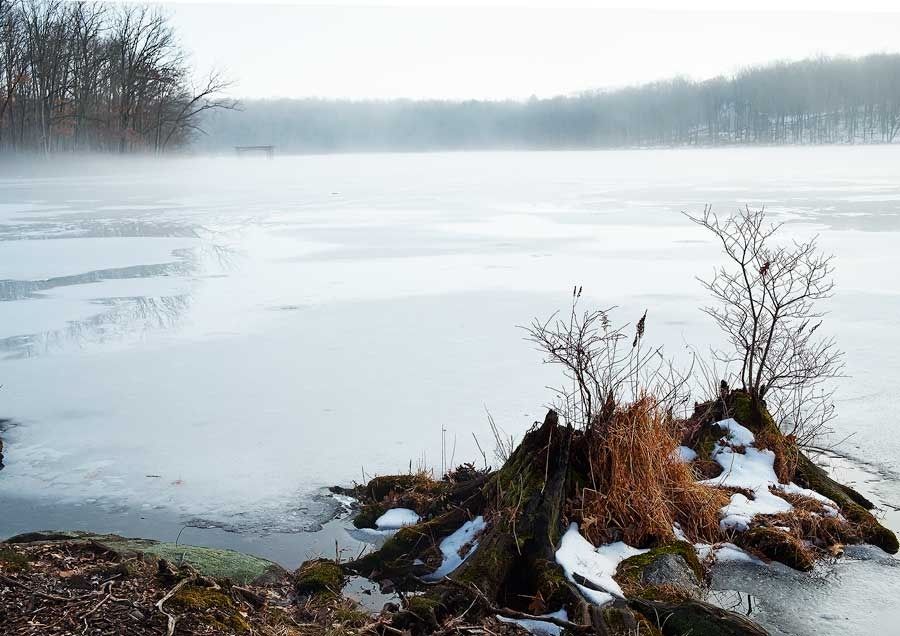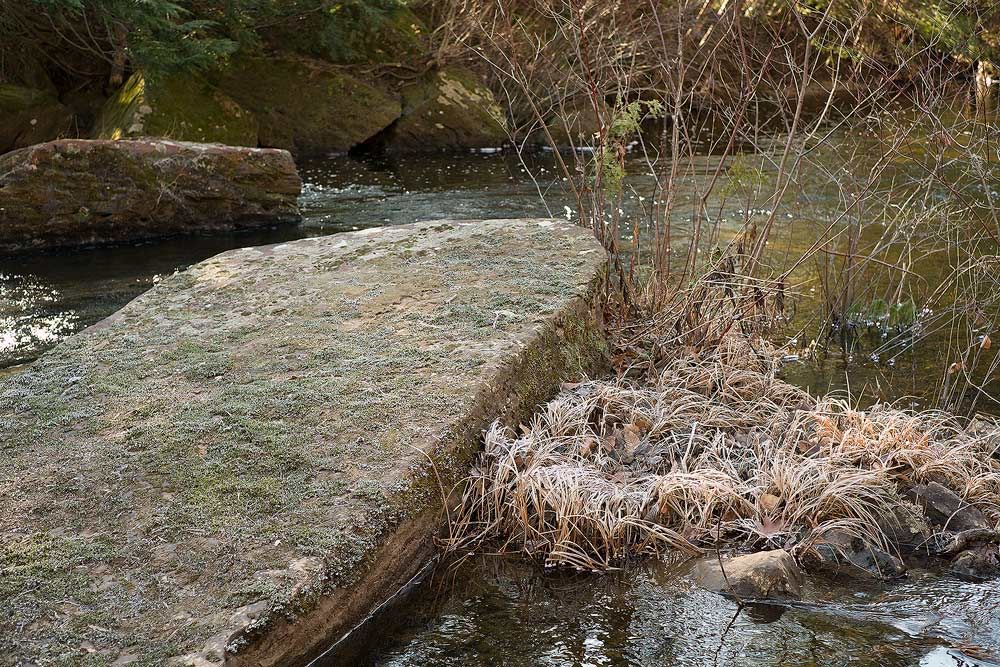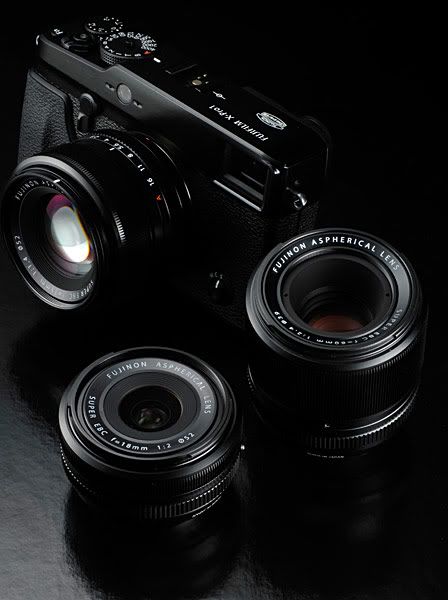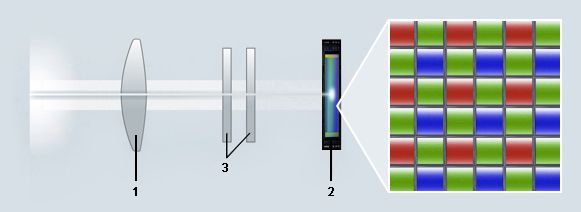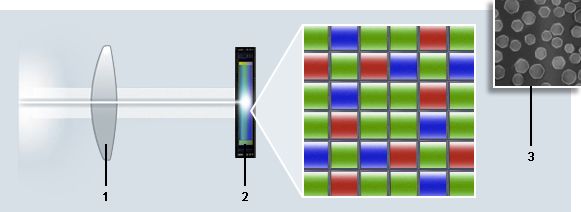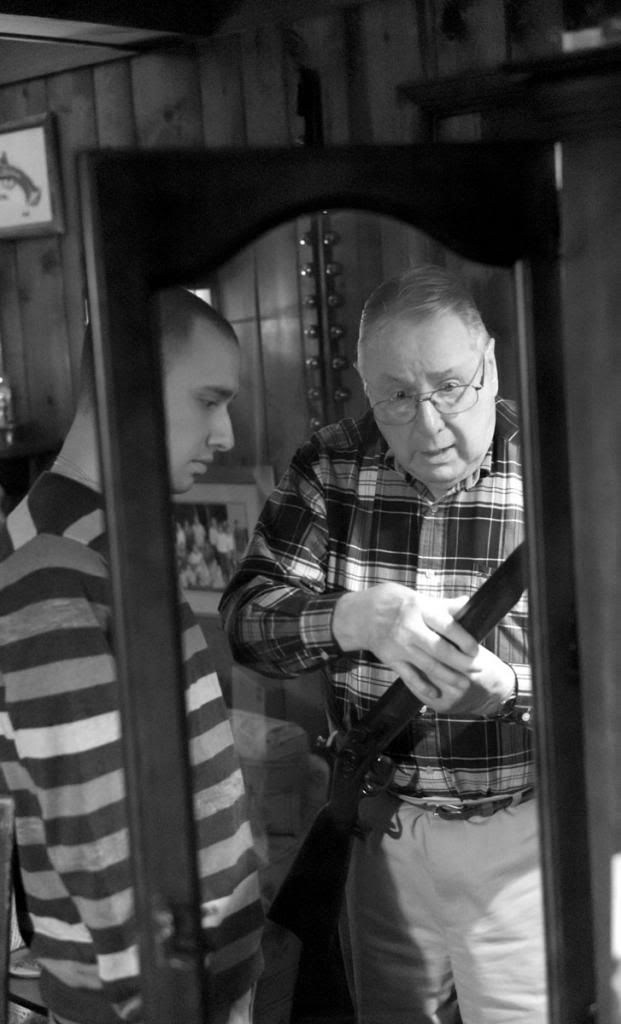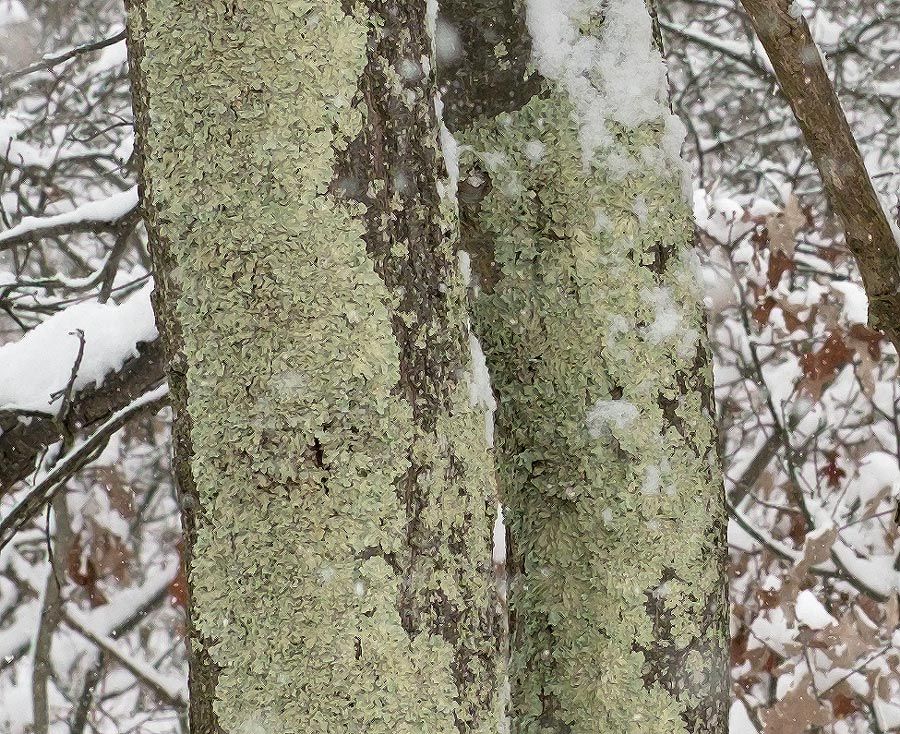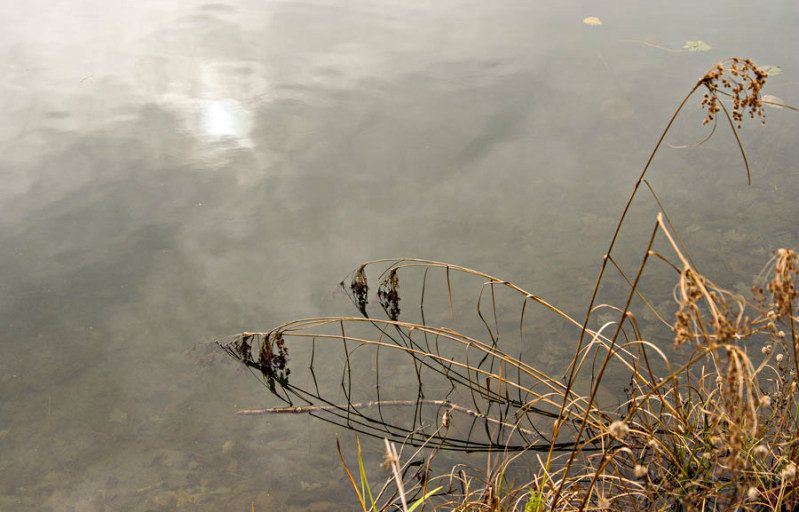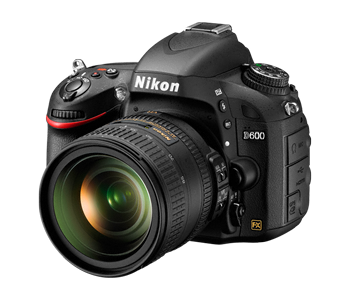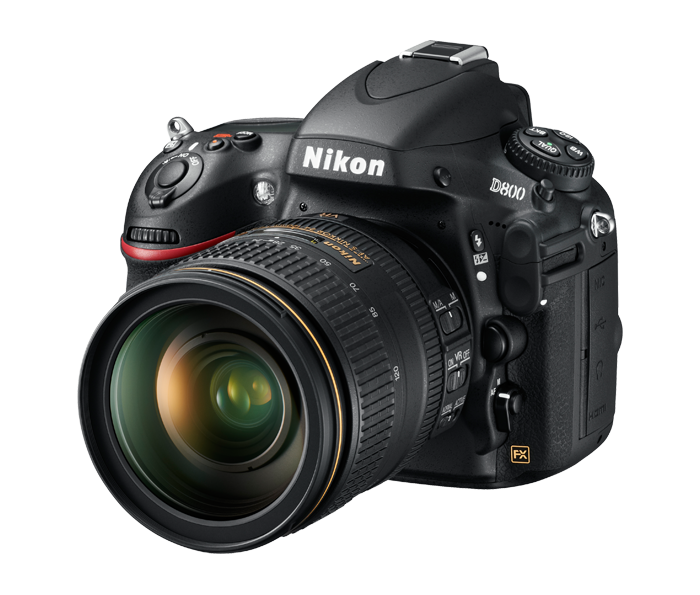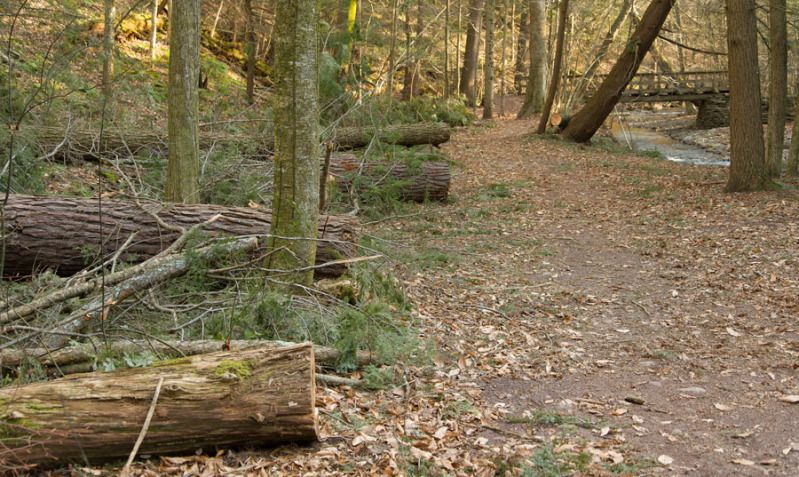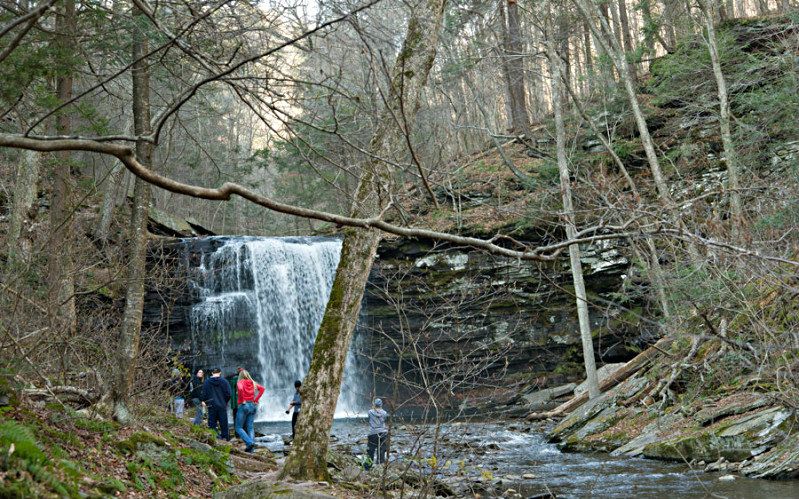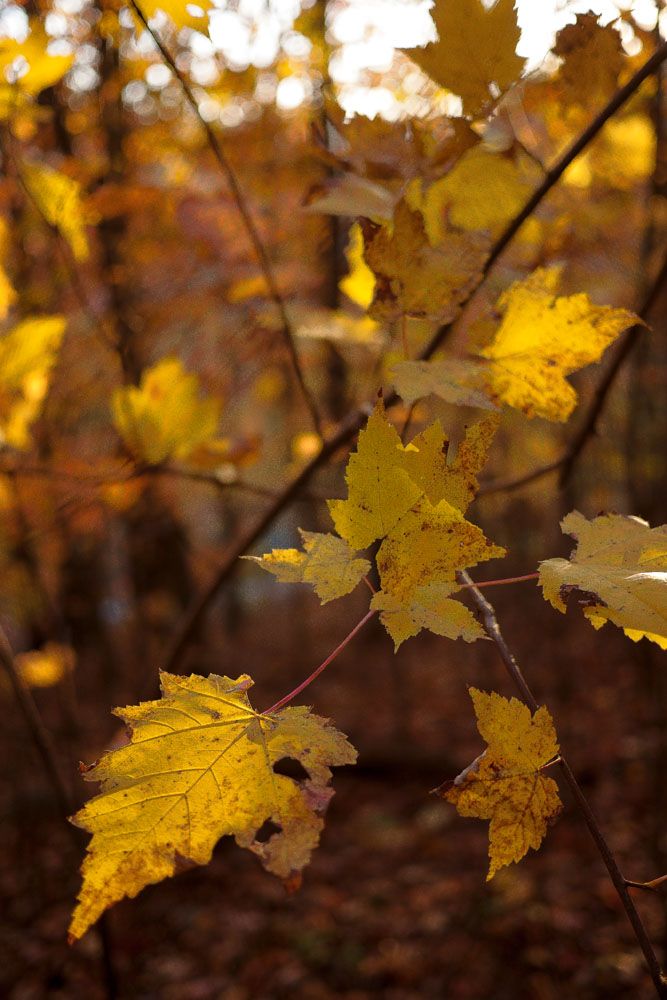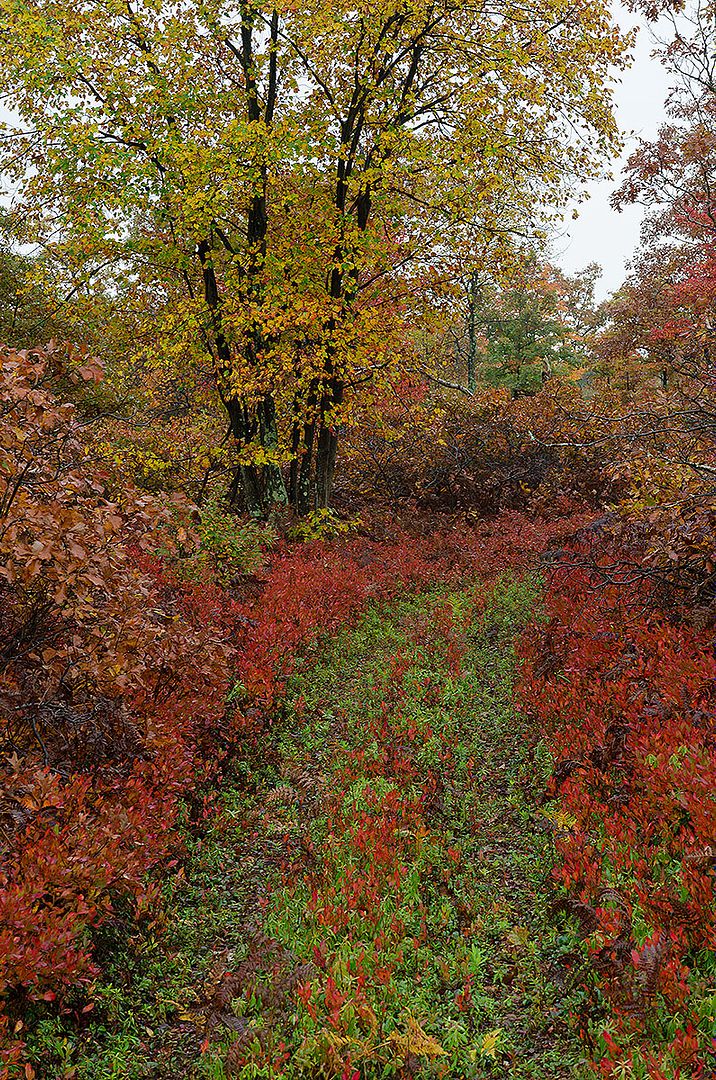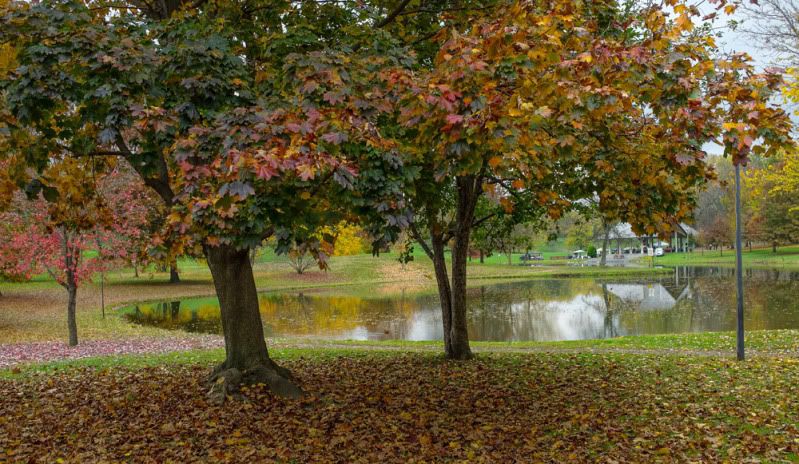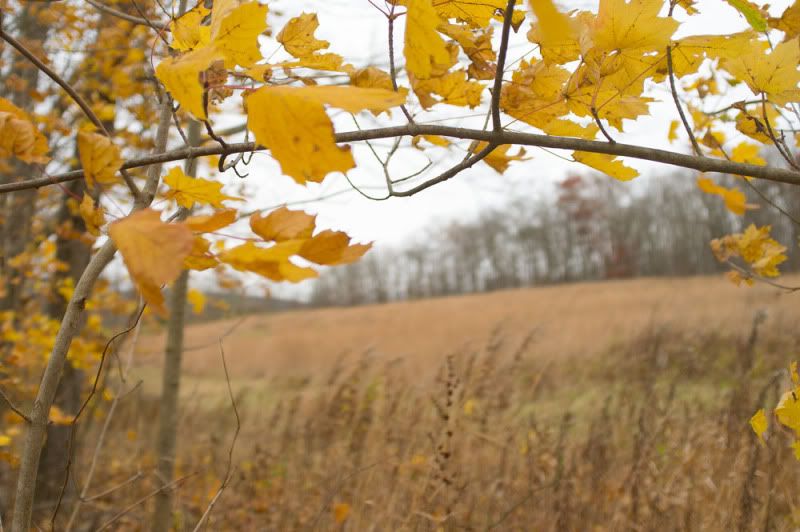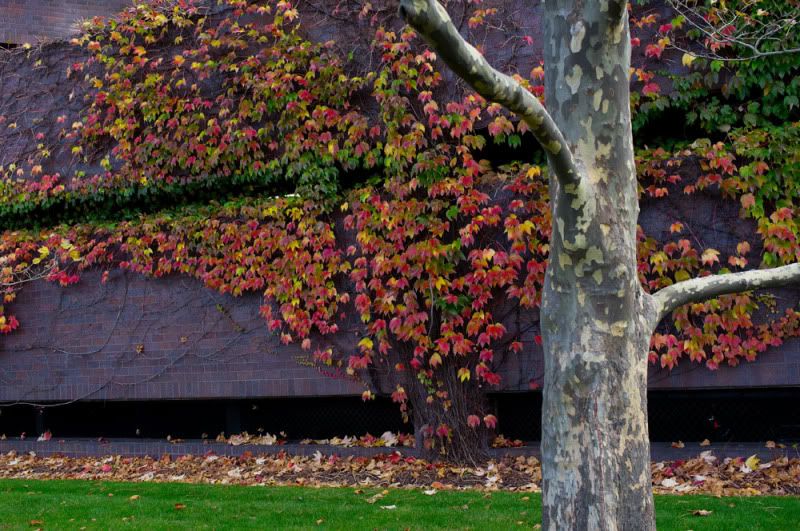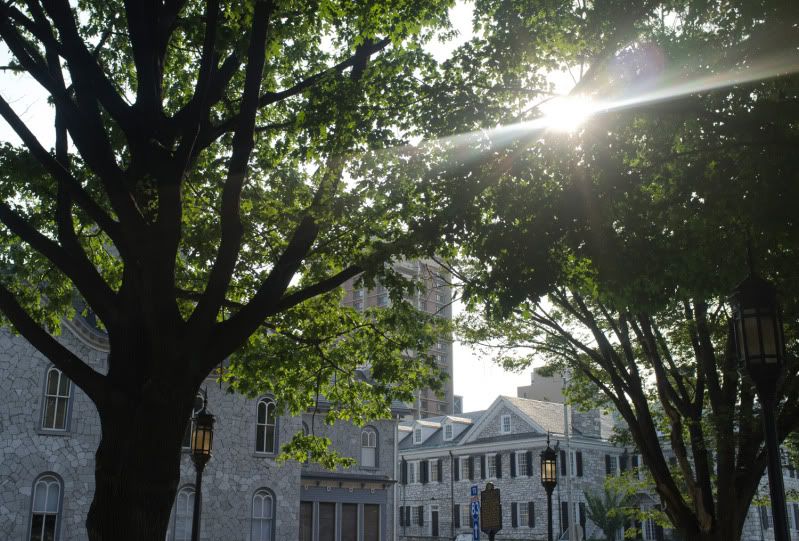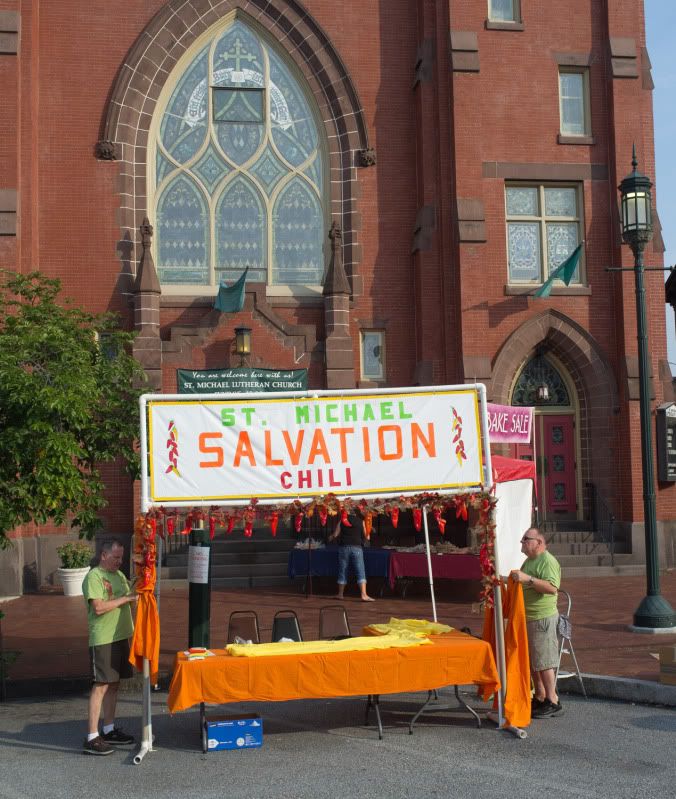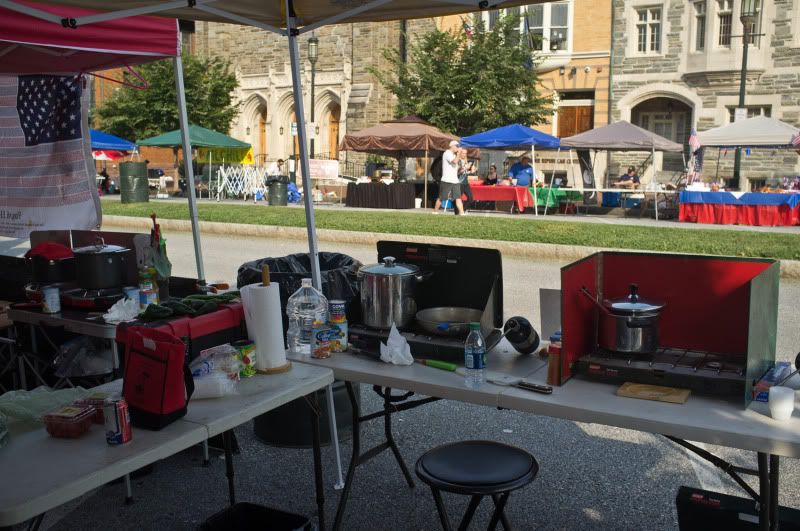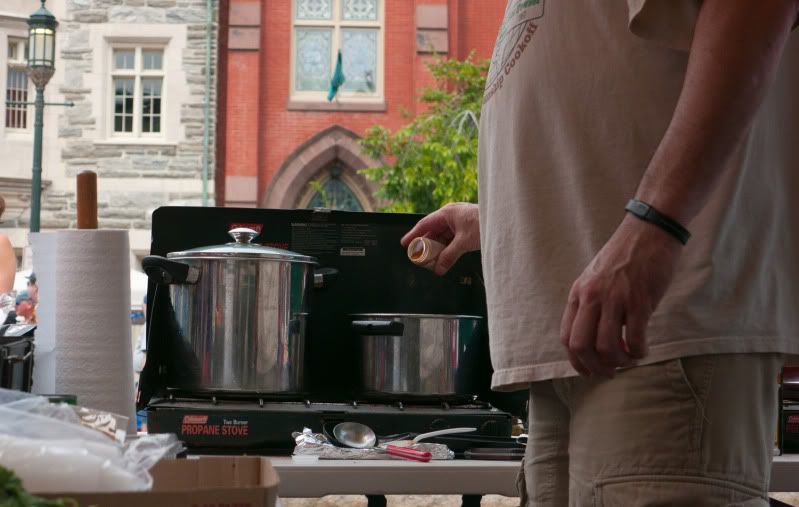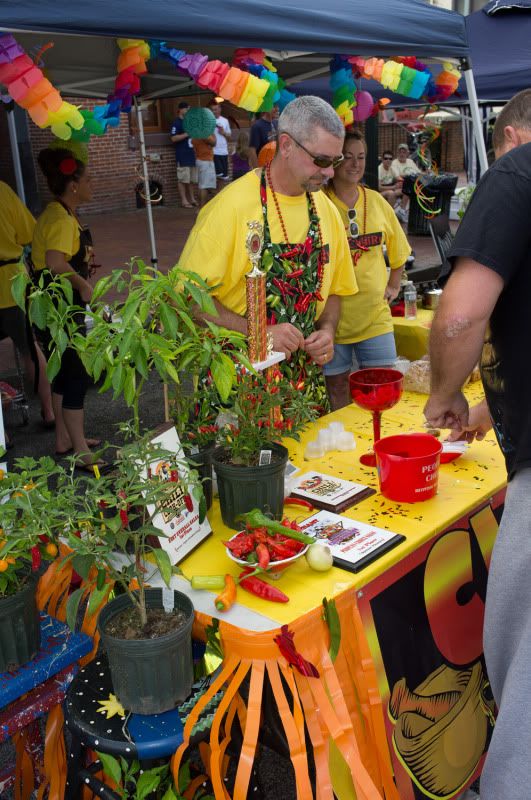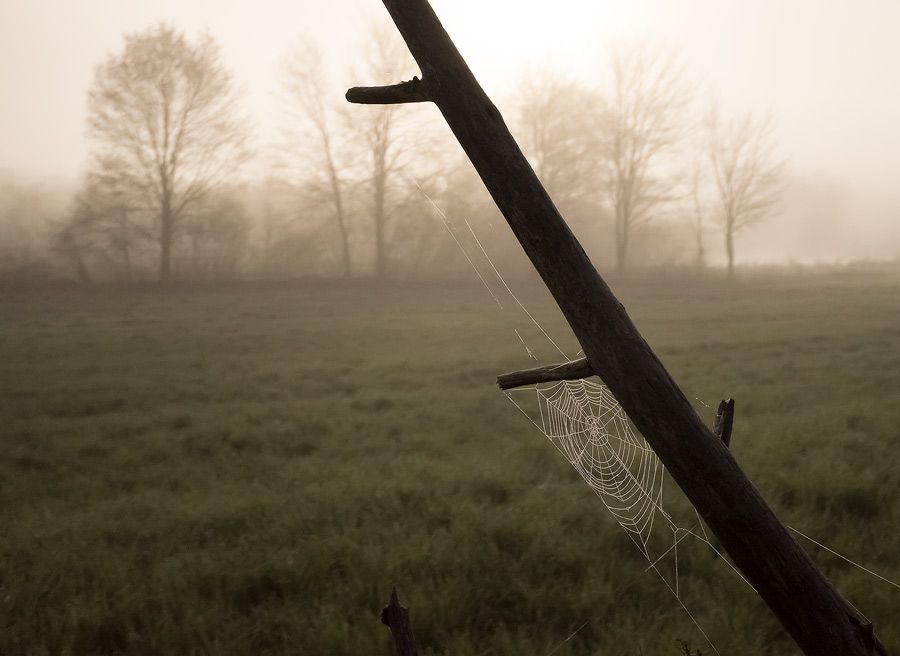
Spring Morning Web (Fujifilm X100s)
Right now, at least from a photographic standpoint, life is pretty damn good.
It has been several weeks since my initial discussion of the brand-new Fujifilm X100s.
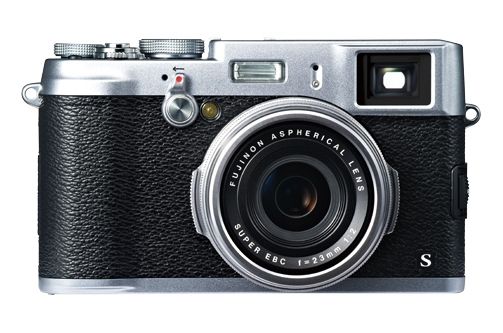
Fujifilm X100s (Fujifilm Marketing)
Not infrequently people are asking, “Is it worth trading up to what on the surface is an almost identical camera. Now as I have said before, I tend to be cheap. And not all upgrades are worth the money.
So my best answer is this: my beloved X100 has found a new home somewhere in northern Minnesota, having sold on eBay for a reasonably good price, but certainly still at a loss.
Yes, the X100s is that big an improvement.
Because there was no one was due to be at my home during the week the camera was to be delivered, I shifted to delivery my father‘s address nearby, where there would be someone available to sign for the package. I stopped off at the end of the day, and opened the camera in his den. I inserted a battery, and an SD card.
Now, it should be said that my father is somewhat bemused by my interest in photographic equipment. The whole “unboxing” thing is lost on him (which means he’s not crazy like his son).
I was fairly familiar already with the camera and quickly set it up to my preferred configuration, composed an image involving my father, and snapped a picture. The camera selected iso 3200 and then opened the shutter.
When I finally got home and download the memory card, I realized that X 100s. was probably going to work out pretty well.
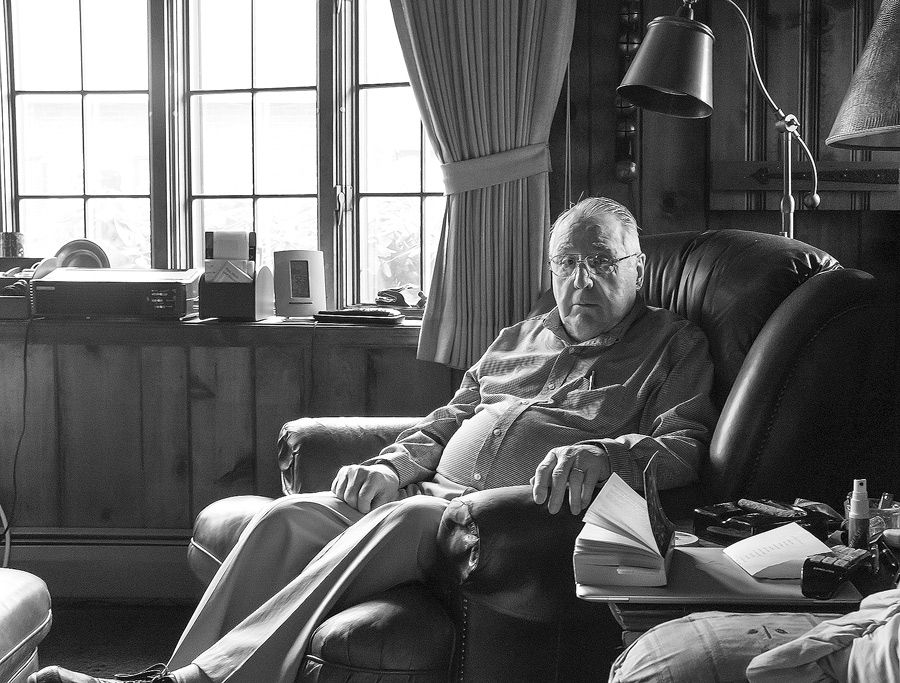
Dad in his Den (Fujifilm X100s)
So what are the real differences between this camera and its predecessor? So far, for my use I’ve noticed several real improvements.
The first change that I noticed, right off the bat, had to do with start-up speed. The previous camera was extremely unpredictable in this regard. Sometimes I would turn the camera on, and it would be ready instantly. Other times (like when I would see a great shot and tried to grab it quickly) the camera would fail to activate until after the moment had passed. I cannot tell you how frustrating that was (note to Fuji: I forgive you, but just this once).
With X 100s, on means ON, and right now. So far I have not missed any shots because of the delay in “boot up”. For a professional user, this alone is probably worth the cost of the upgrade.
Probably the most important upgrade for my style of shooting has to do with the operation of the auto focus. Finally there is an X-body where selection of the auto focus point can be done with one’s eye to the viewfinder. This was accomplished by moving the AF button to the top of the multidirectional control, where he can be easily accessed by your right thumb. Once selected, you can then use to control to move the square throughout the frame. This is a huge improvement for those of us who rely on auto focus. This is the way it should have been designed originally. I wish my X Pro-1 had the same feature.
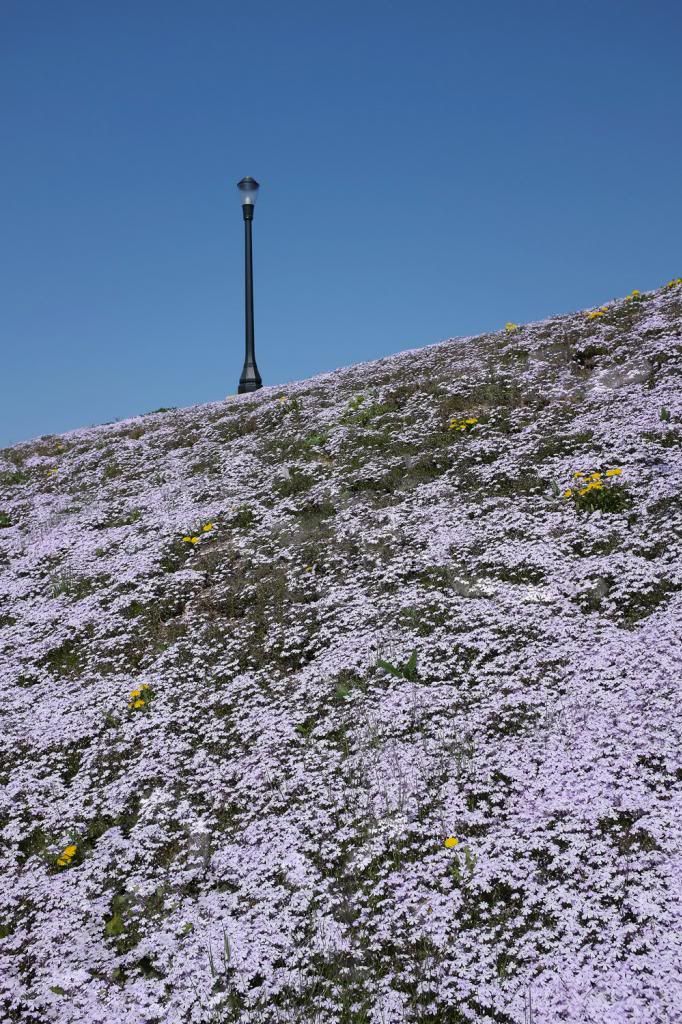
Flox and Lamp Post (Fujifilm X100s)
The auto focus also does seem faster. Before I sold my X100 I did compare the 2 cameras side-by-side, and it did seem that the newer camera was more capable of locking onto poorly lit objects, and was somewhat faster. I really didn’t mind the old system however. None of these cameras focus like a good DSLR, but given what I use them for they don’t really have to.
Manual focus too has finally been perfected. The focus ring finally moves the point of focus fast enough to be useful, and the new focus aids include a split screen function, and focus peaking. I find that the former feature is more difficult to use. Focus peaking however is extremely useful and seems very accurate.
It is true that the exposure compensation dial seems to be less prone to inadvertent changes. I also like having the “Q” button available on the back of the camera. I grown to find this feature useful in my X Pro-1 and is nice to have it here.

Spring Porch on Franklin Street (Fujifilm X100s)
The lens is essentially the same as the X100. As I understand it can focus closer than on the old camera but otherwise to my eye it looks the same. Like its predecessor the lens is fairly sharp wide open, but really gets interesting at f4.0 and beyond. And the leaf shutter is just as silent as before.
In terms of image quality, basically it’s an X Pro-1 with a 23 mm lens (35 mm equivalent). That is to say that the files are very good, with wonderful Fuji color, and excellent dynamic range (I can easily recover the highlights in the window behind my father). There is lots of resolution for big prints.
It is somewhat vexing that as of this writing, Capture 1 does not support the X100s files, but I’m sure they will soon. In the meantime ACR and Raw File Converter can both be used to convert the X100s raw files. I’ve come to realize that for detailed landscape images, Raw File Converter is preferable because of the superior detail that it can reveal. I prefer ACR for a high ISO images and portraits, where it has a very nice smoothing effect on skin, and grainy images.
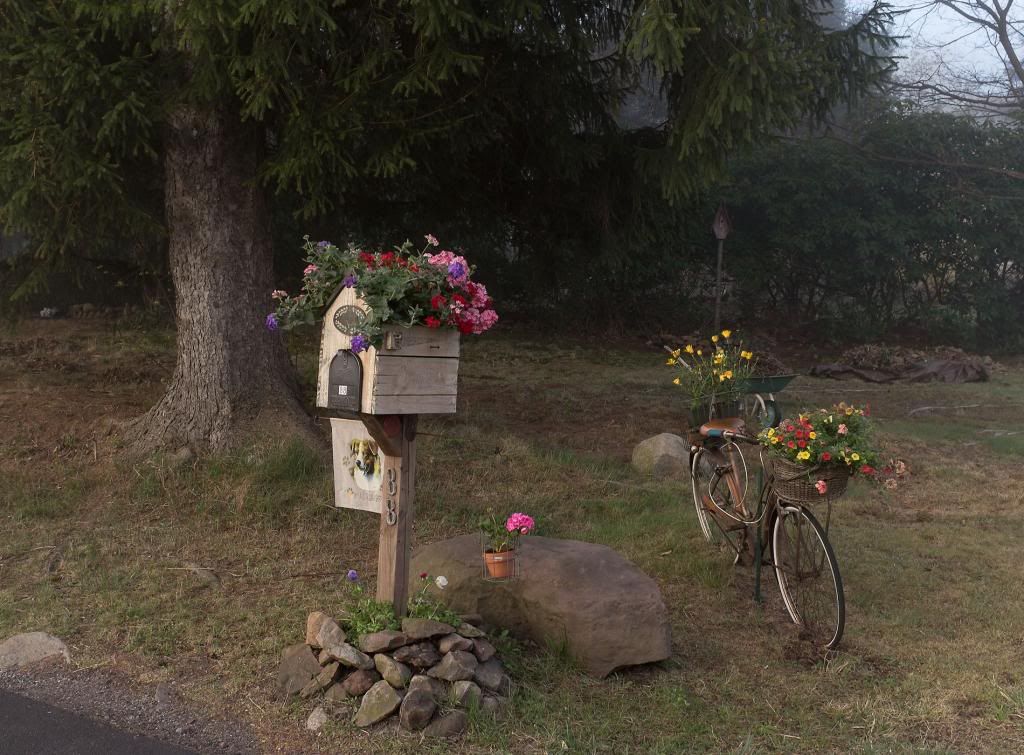
Bike and Mailbox (Fujifilm X100s)
The camera definitely has better low light capability than its predecessor: enough that I now set the auto-ISO control on ISO 6400 (rather than 3200 on the X 100).
Now more than ever the camera is an ideal companion to one of its interchangeable lens brethren. I love to shoot with the X pro-1 mounted with the 60 mm f2.4 lens, in the bag along with X 100s. These cameras are very complementary to each other, with similar controls and essentially identical image quality. And remember, the very useful X100s. focal length is currently unavailable in the XF lens catalogue(at least at f2.0).
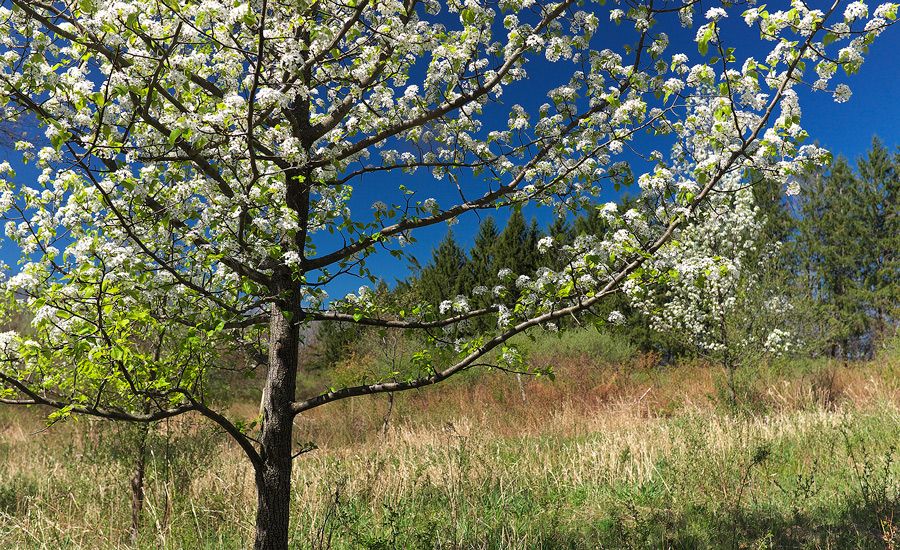
Apple Tree, Dennison Farm (Fujifilm X100s)
All of this has made me very happy. I wish I thought the auto focus button placement on the X Pro-1 could be upgraded through firmware, but so far there is no sign of this happening so far. I imagine an X Pro 2 with the X100s focus improvements, and perhaps an even more improved sensor and I find myself salivating like a Pavlovian dog.
eBay I think, has not seen the last of me.

